
“Many people feel that their lives really start at the age of twenty-one. Mine ended. In many ways, I died the day I got burned. I hobbled away from my seventh treatment for laser hair removal, wretching and weeping. I would later learn I had suffered serious sub-partial thickness burns to both of my legs.
In less than one hour, the entire course of my life was changed. My career, my independence, my relationships, and my dreams as I knew them were shattered. I developed a serious chronic pain condition. In the medical field, it is known as ‘the suicide disease’ because the severity of the pain drives many to take their own lives. The rest of us must learn to live limited by our disability. This was only one of the serious medical issues I faced in the wake of my injury.

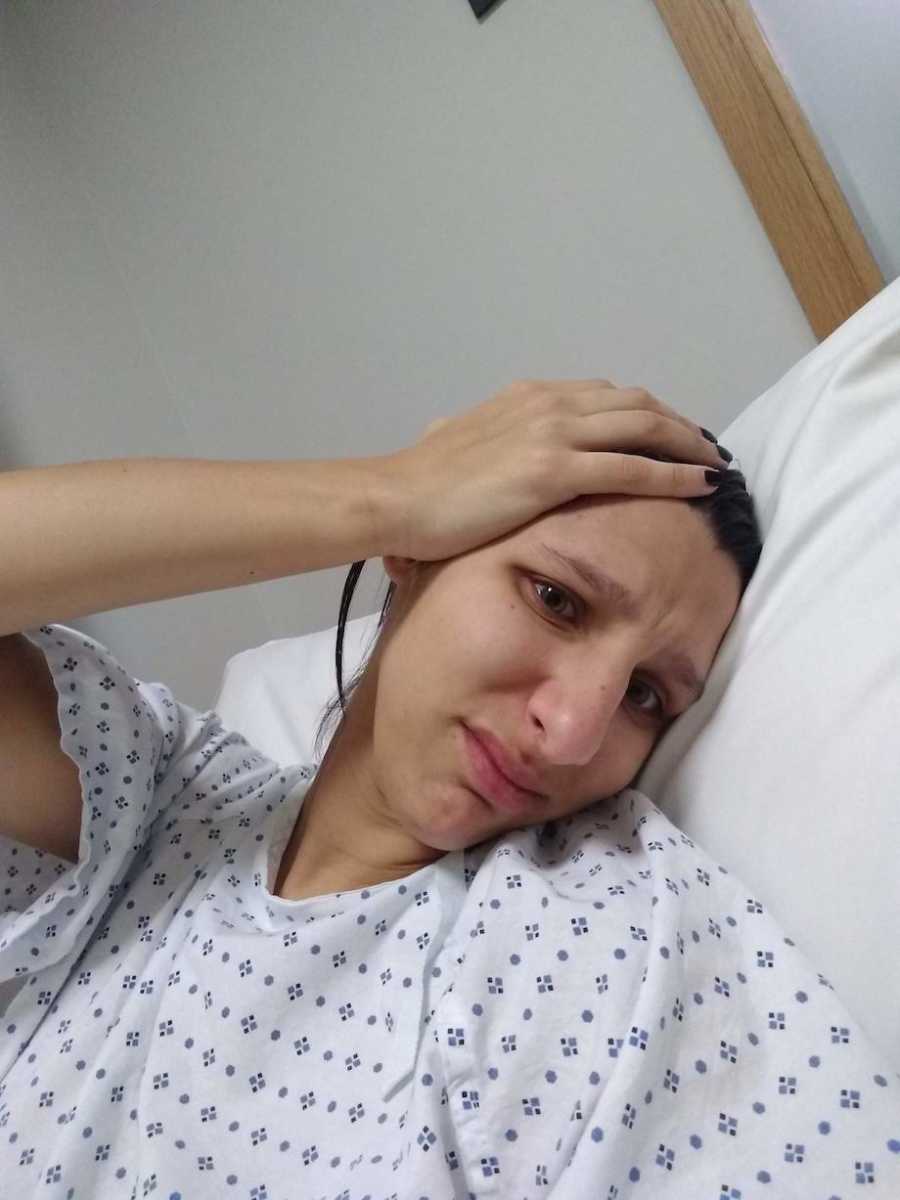
My plan was to finish my degree and to study with the Royal Academy of Dancing to become a ballet teacher. I was burned at the beginning of my final year in college. With the understanding and compassion of my classmates and lecturers, I managed to finish my degree. My classmates would audio record the lectures (often discreetly) just for me. I stayed in regular contact with the lecturers and was permitted to submit my work online rather than in person. As the academic year concluded, it became apparent the severity of my condition had eclipsed my ability to work full time and evaporated my dreams of a dancing career.
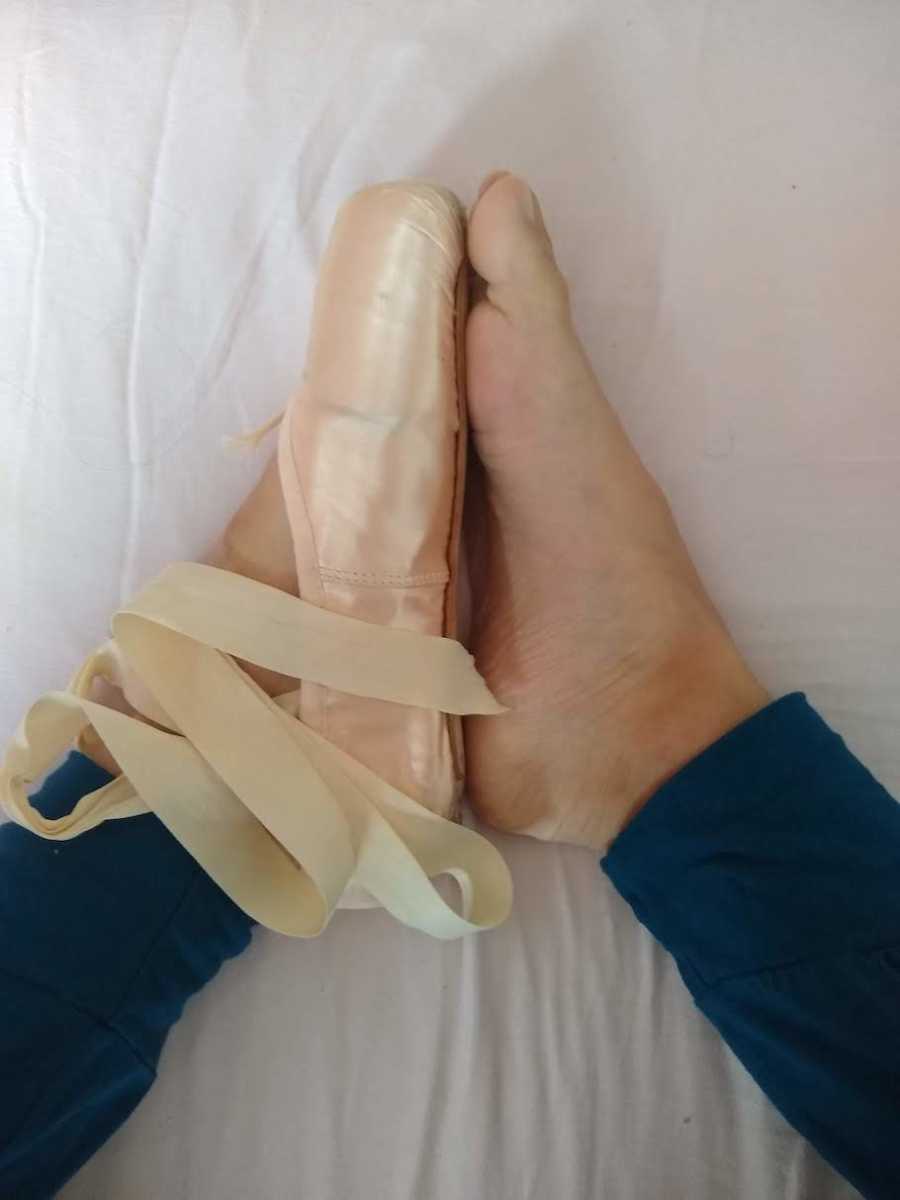
I threw myself into learning everything I could about my condition and about dealing with pain. I took part in pain management courses, I read books, and interrogated doctors even as my physical and mental health deteriorated. I did not want to lose any more of my body to this condition. The most repeated instruction I was given in learning to deal with my chronic pain was the importance of movement, relaxation, and breath.
Movement and exercise are key to producing endorphins (the happy hormones) and key to keeping joints mobile and strong enough to support the body. Relaxation can aid in pain relief, ensuring proper sleep and regeneration, allowing the body to undertake its natural healing. Breathwork is a crucial management tool for working through flare-ups, pain spikes, and difficult situations.
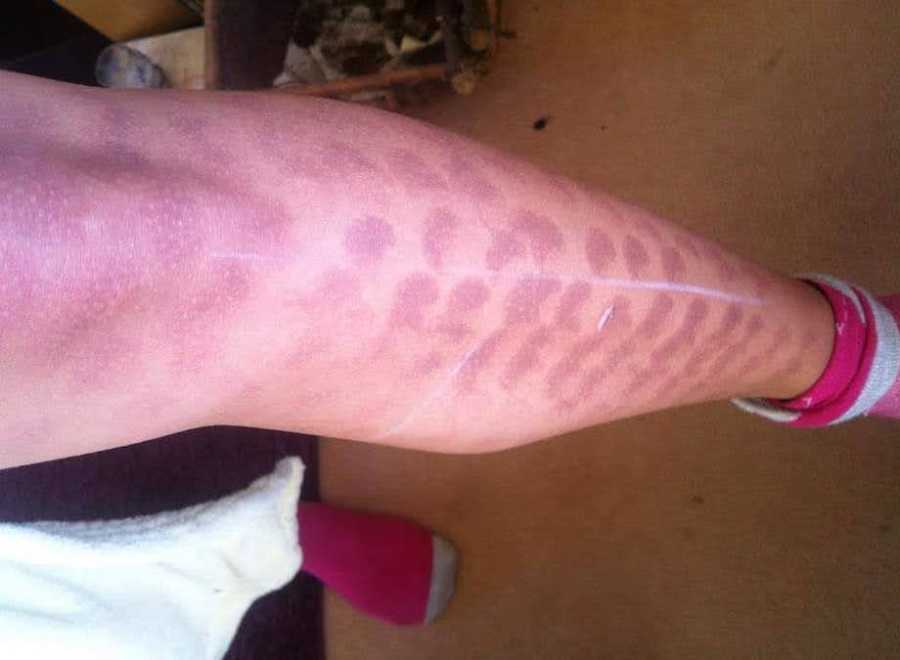
As a dancer, I wanted to move my body in a way that was expressive but manageable with my condition. All of these things were pointing me in one direction: yoga. I started practicing in the privacy of my room with videos online. Eventually, I built the courage to go to a yoga class. The atmosphere was silent and reverent and everyone was territorial. I planned to explain my condition to the teacher before the class, but found myself at the back of a deathly quiet room with rows of people in front of me. The moment the teacher entered the room was the same moment the class started. I fell in line with the rest of the class but as it went on I began to whimper, then yelp, and then despite my best efforts, I began to cry.

At that point, the person beside me leaned in and said, ‘You are ruining my Zen space, we come here to relax and not be interrupted by you.’ For the remainder of the class, I was mortified and in too much pain to leave; I could only think about what a bother I was to the teacher and other students with my screams, cries, and yelps I could not silence. My pain had made me hypervisible. I felt unwelcomed, judged, and embarrassed.
In time my embarrassment waned. I remained adamant to do everything I possibly could to help manage my pain. The more I practiced yoga, the more I saw the benefits of working with my body and my breath. It didn’t stop my pain, didn’t even put a dent in it but I found yoga and counseling were helping me come to terms with my new body. I cried through the pain in my body, I cried through the pain in my heart, I cried with loss and grief, with hopelessness, helplessness, stubbornness, weakness. I thought I was meant to find ‘inner peace.’ But I did not. Instead, I learned a lot about myself. How I approached success and failure, how I treated myself, my depression, my illness. I was eventually able to take these lessons off the mat and into my world.
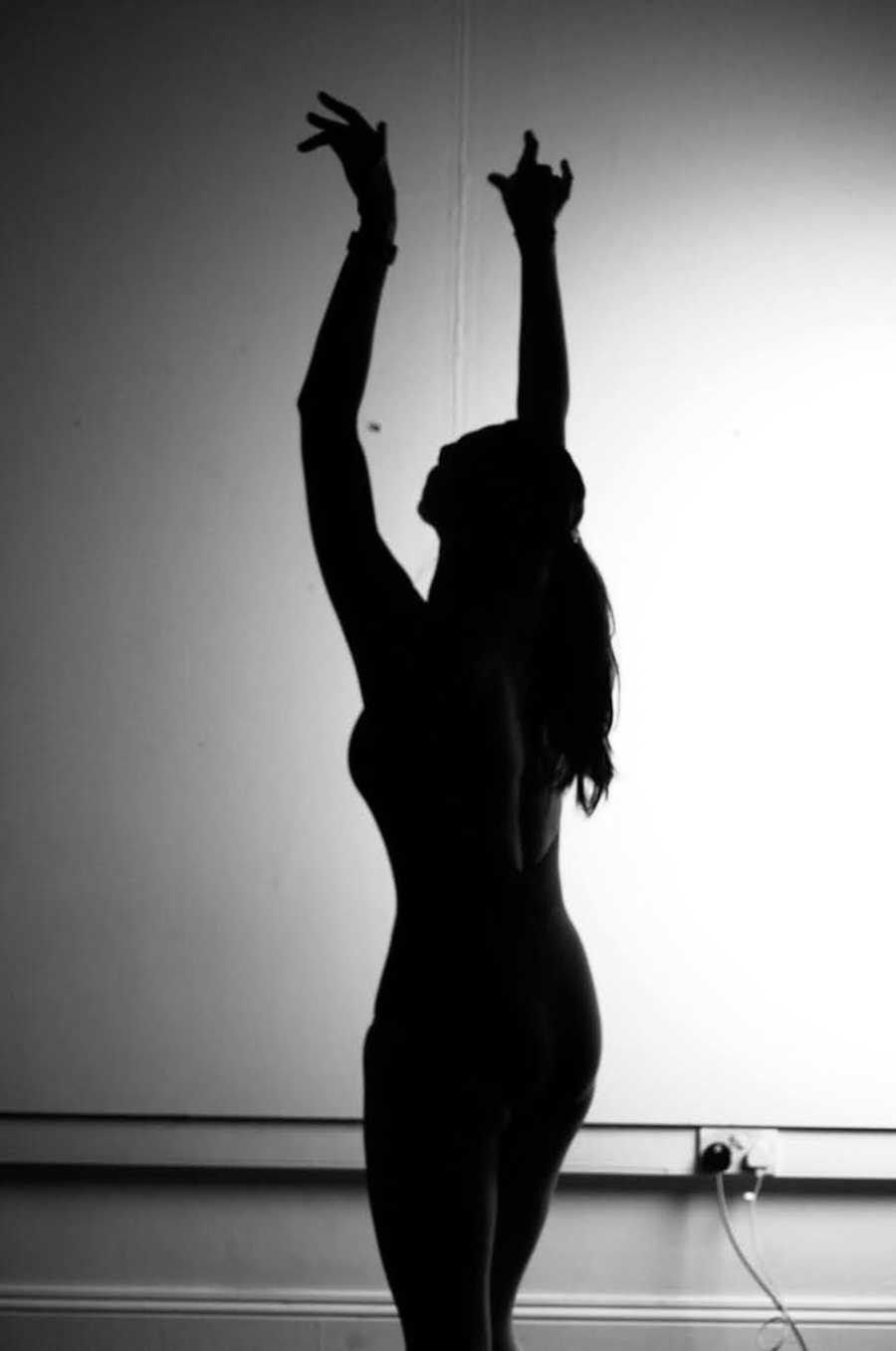
Yoga helped me immensely and I couldn’t shake the feeling I shouldn’t be shut out of the classes. The yoga philosophy is one of inclusion and equality but I couldn’t find a place where I felt included. I determined, ‘See a need. Fill it.’ I began the process of becoming a yoga teacher. I wanted to represent people with disabilities and I wanted people with disabilities or living with chronic illness to feel welcome and seen compassionately in my class.
My experiences in conventional yoga classes had shown me how stuffy and unwelcoming the space can be. I wanted to be an imperfect yoga teacher. Not serene and composed, but struggling and honest. I wanted to show people how to use yoga to improve their body and mind when they are unwell or unhappy. I wanted to cultivate an atmosphere of kindness and diversity. I wanted people to come and work on their bodies without shame. Logistically, I wanted to open the yoga space up to others with disabilities and chronic illnesses. People living with illness face many barriers between them and a fitness class. It can be difficult to schedule while navigating flare-ups, fatigue, surgery, and other appointments. It can be difficult to budget for classes in particular if you are not able to attend the entire course. It can also be difficult to make new connections with others in class with an illness. In my classes, I try to remove as many of these barriers as possible by being flexible with timing and payment. I also offer a variety of nonstandard classes, including private individual classes and classes for small groups of people living with chronic illness.
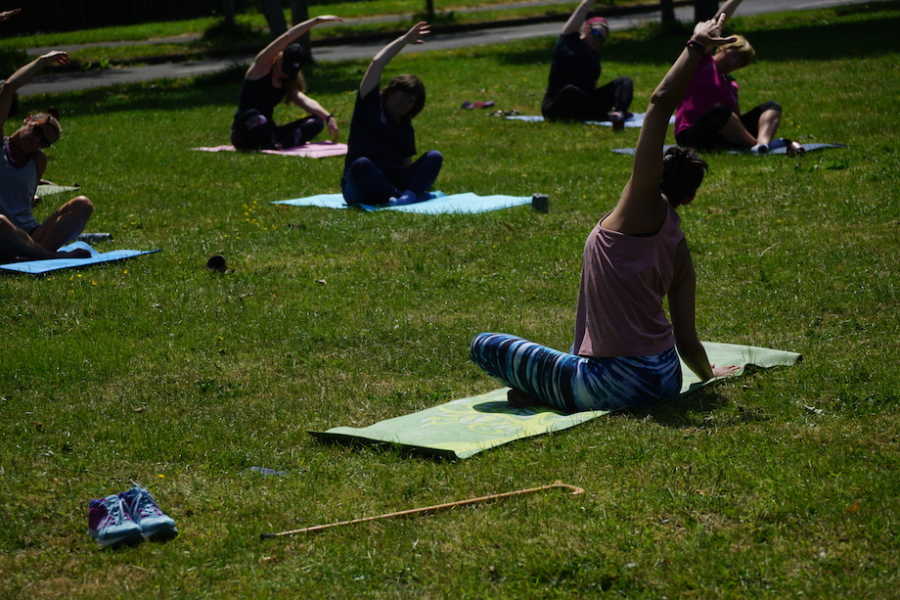
I have taught people of all abilities from 3 years old to 90 years old. I have taught people in neighborhood greens (Yoga on the Green) and online when the winter forced us indoors (Yoga on the Screen). I decided teaching yoga is only a part of how I can give of myself to the world. I want to share my story; my injury and all my pain, my numerous physical and mental conditions, and my ongoing treatment that includes regular surgical, pharmaceutical, occupational, therapeutic, and holistic interventions. I began to speak publicly and became a patient advocate. I’ve been invited to teach workshops on mental health and wellbeing. When I share my story with people, I receive a deeply compassionate response. The more I share the more I find others who are also living with physical, mental, or emotional pain. I am able to empathize and share what I have learned through my experiences.
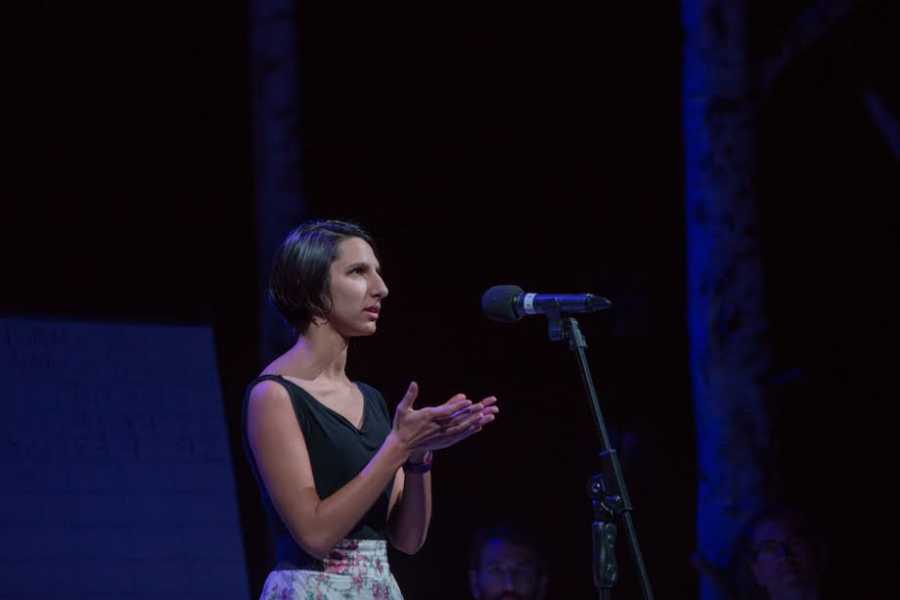
At the start of 2021, I had to take a break from teaching in order to undergo a number of intensive surgeries. I used this opportunity to chronicle the process of my recovery online via Instagram to help shed light on my life and attitude to living with my disability and to give a frank account of the range of emotions the surgical process brings me. I shared some of the hundreds of short poems I have written about living in pain to uplift people through modeling positive self-talk (how one speaks to themselves) and self-love.
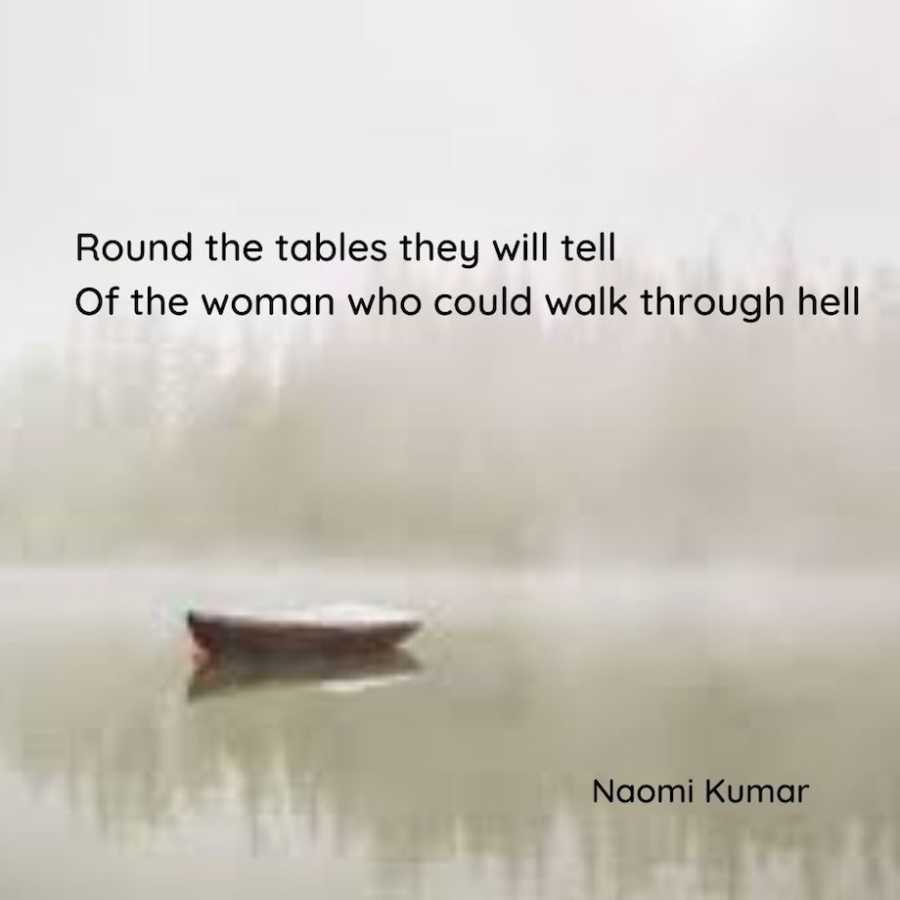
At the age of twenty-one, I was faced with a debilitating condition that has sought to claim as much of my body, ambition, joy, and relationships as it could. But I didn’t want to lay in bed for the rest of my life and give in to the depression and self-hatred that threatened to overwhelm me. I still had life to live. I wanted to find a way to move forward and use my experiences with pain, illness, and mental disorder to add to the world. To make my world and my community a better and more compassionate place. I have found purpose in my pain as a teacher and as a way to connect with others. Pain is universal as is love.”
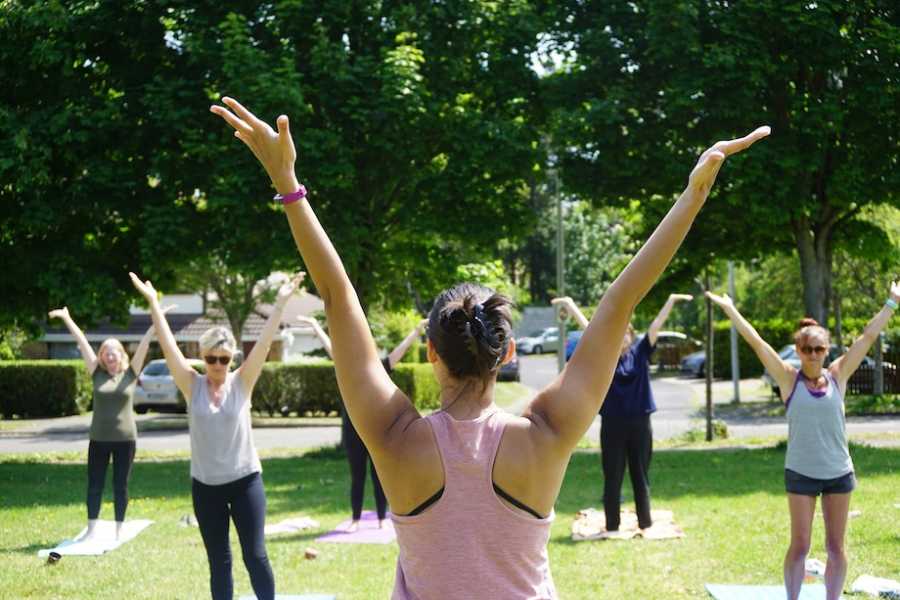
This story was submitted to Love What Matters by Naomi Kumar from Dublin, Ireland. You can follow their journey on Instagram. Do you have a similar experience? We’d like to hear your important journey. Submit your own story here. Be sure to subscribe to our free email newsletter for our best stories, and YouTube for our best videos.
Read more from burn survivors here:
‘You look like a snake. You’ll never get a boyfriend.’ I made up my mind the whole human race was beautiful, and I was ugly.’: Woman survives 4th degree burns after ‘hide and seek’ game gone wrong, learns to embrace unique beauty
‘I screamed, ‘We have guys trapped!’ I crawled out and ran while being burned alive.’: Man describes ‘pain, misery’ after surviving life-threatening burns working as firefighter
‘I was abandoned on a doorstep at 1 years old, burned. ‘Wen, we’d like to adopt you.’ I was given a second chance to live.’: Burn survivor adopted from foster care, ‘I’m so lucky to be alive!’
Give others strength and courage to love themselves. SHARE this story on Facebook with family and friends.
‘We should get married at the hospital.’ I shot him down. ‘Babe, you’re getting out. I have hope.’: Woman loses husband to cancer 5 days after wedding, ‘He was the man of my dreams’‘Autism WON today.’: Mom of autistic children details highs and lows, ‘We return to the fight stronger each time’





































